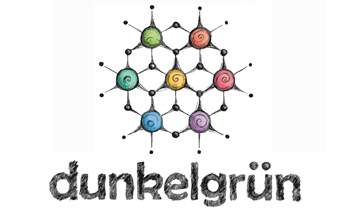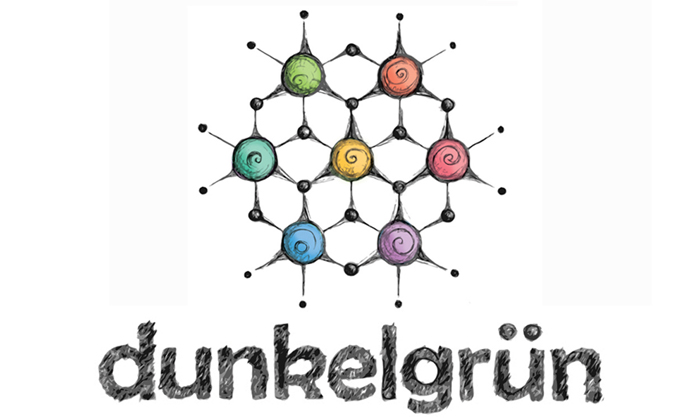
Where do the yarns come from?
From a small, family-run spinning mill in the Swiss alps. Read about the yarn bases here.
Why do different colors have different prices even though the base is the same?
The prices reflect how much effort was required to obtain a certain colorway. Natural dyeing takes more time than acid dyeing. Multicolored natural dyes require several layers of natural dyes. Dyeing with indigo requires time than most other natural dyes.
Prices:
Acid dyed colorways – 25 CHF
Naturally dyed colorways, one layer, no indigo – 27 CHF
Naturally dyed colorways, multilayer, no indigo – 29 CHF
Naturally dyed colorways, single layer of indigo – 29 CHF
Naturally dyed, multilayer and indigo – 30 CHF
How do I care for my knitted item?
My two bases are labelled as machine washable (wool cycle, cold water) by the manufacturer. Nevertheless, I would recommend you to wash your knitted items by hand:
- Fill a sink or bowl with cool water (30° – that sounds hot, but feels cool to the hand) and add a little wool wash. Then press your item under the water until no more bubbles are coming out.
- Let it soak for 10-30 min, gently press the water out and then repeat that twice with fresh water to rinse. You can also use a fiber conditioner for the last rinse – I like to use unicorn fiber rinse.
- Roll your knitted item up in a clean towel and sit / step / jump on the towel to make the water get squeezed into the towel.
- Finally let your item dry flat. Pull or block it into the desired shape while it is wet.
Are the colors wash and light fast?
Acid dyed yarns:
even though the dyes are carefully set and the yarns are rinsed thoroughly, color bleeding may occur during the first few washes – especially with very dark and saturated colors.
I have noticed that different wool washes can dissolve the dyes differently. one brand of wool wash might give you clear water, and then you wash the yarn with a different brand and more dye is bleeding out. I use Unicorn fiber wash and fiber rinse to wash and condition the yarns after dyeing.
If you want to combine dark colors next to lighter ones in the same project, I recommend you to give the dark yarns an extra wash before knitting. Use the same wool wash that you will later use to wash your finished project!
Naturally dyed yarns:
Natural dyes are much more “alive” than acid dyes. I only use dyeing materials that are known to have a high wash and light fastness (unless otherwise noted in the item description), but still it’s possible that the colors can slightly change over the years.
Indigo is a special case – it does not chemically bind to the fiber. friction will make new indigo yarns rub off on your skin, knitting supplies or light fabrics – whatever is rubbed against the yarn. this process is called “crocking”. don’t use your favorite wooden needles to knit up dark blue indigo yarn – they might get stained permanently (metal needles are usually safe – the dye can’t stick to them). for the same reason, don’t use your favorite white project bag for an indigo knitting project. but don’t worry – after knitting and washing the crocking will stop and you will be safe to wear your finished project without looking like a smurf 🙂
over the years, your indigo dyed item might fade slightly. that’s a natural property of indigo, and gives the fabric a special character. it’s like the stonewash effect in good old blue jeans, which are also dyed with indigo!
How does indigo stick to the fibers if it doesn’t form a chemical bond?
 the indigo molecule is not water soluble, which means it can’t be washed out. it just sticks to the fibers physically.
the indigo molecule is not water soluble, which means it can’t be washed out. it just sticks to the fibers physically.
the fact that indigo is not water soluble makes it more challenging to get it on to the fibers in the first place. the trick is a “vat” which contains chemicals that “reduce” the indigo to “indigo white”, which is a water-soluble molecule. as the name suggests, indigo white is colorless, but since it is water soluble the fibers are able to soak it up like a sponge. afterwards the fibers are exposed to air, and oxygen causes the indigo white to turn back into indigo, which is again blue and not water soluble.
Do I have to alternate skeins?
I dye my yarns in very small batches, so usually each skein is unique. If you want to avoid sudden color changes in larger projects, I recommend you to alternate skeins – especially with my naturally dyed yarns!
How do I alternate skeins?
Start your project with the first skein and work two rows / rounds. Then join the second skein and work to rows / rounds. Keep alternating between the two skeins every two rows / rounds. If you don’t work more than two rows / rounds at a time, no special technique to carry up the yarn is required, simply drop the yarn that needs to pause and pick up the one that needs to be knit with. Take a little extra care that you get the tension of the first stitch right, to avoid loose stitches or puckering.
Do you offer custom dyed colorways?
I love getting dyeing inspiration from different sources, and if you have a picture or idea of a colorway in your mind, but you don’t dye yourself – feel free to contact me!

